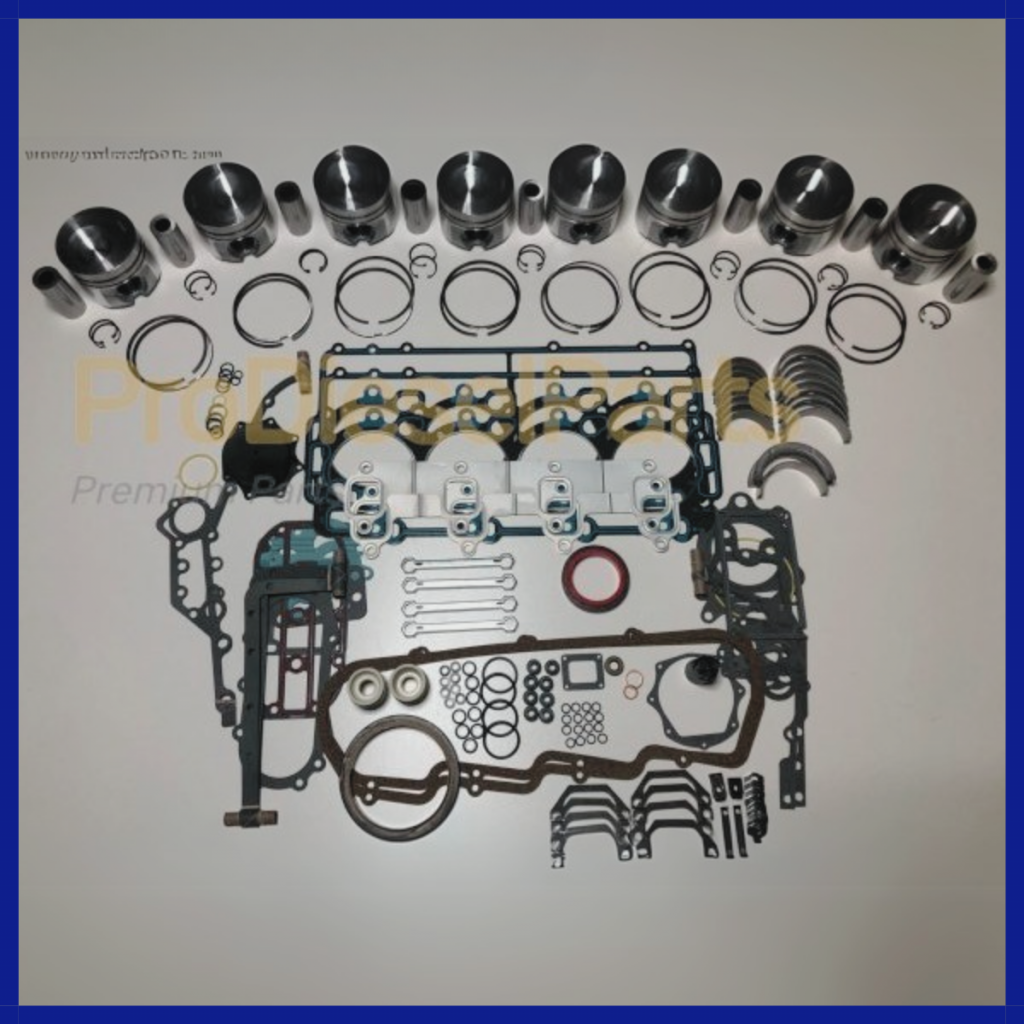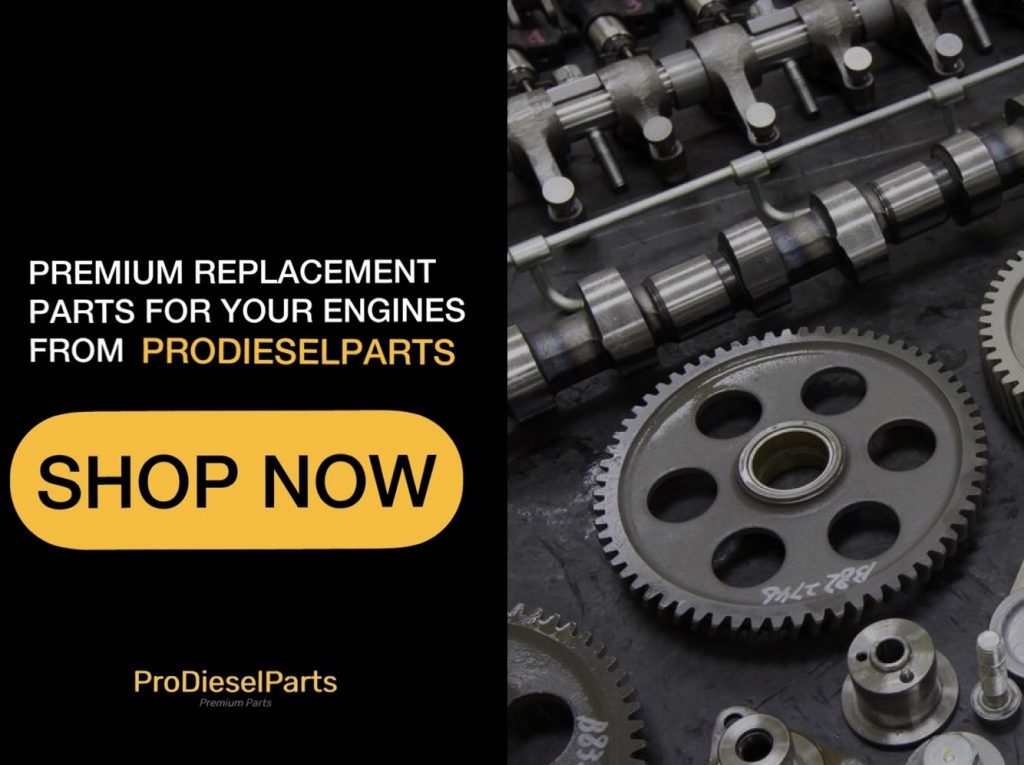Engine rebuild kits include the components you need to replace the bearings, seals, gaskets, pistons rings and other parts inside the engine. The specific components depend on the type of kit you purchase. Some rebuild packages have more parts for more intensive overhauls of the engine.
As long as your boat does not have severe damage or cracks in the engine block itself, you can use a rebuild kit to restore the seals and bearings. These commonly worn parts may be all you need to replace to restore engine performance and stop the problems that encouraged you to seek a rebuild.
During a rebuild, you take apart the components of the engine, clean them and replace seals and other worn parts. You may need to replace piston rings, bearings and even the pistons themselves. Clean and replace components in the upper part around the cylinders if necessary.
Rebuild kits have new seals and occasionally pistons in them, but you will also need to thoroughly clean out the pistons to ensure the new seals and pistons create the required seal and don’t leak. Unless you carefully clean and replace all the reused parts and install the replacements correctly, the rebuilt engine won’t work. Always test the engine after a rebuild to verify the accuracy of the job.
Rebuilds for two-cycle engines differ slightly from four-cycle ones due to their operating differences. First, two-stroke engines must have a turbocharger to pressurize the air before it goes into the cylinder. Four-cycle versions don’t have this component.
In a two-cycle engine, multiple actions happen simultaneously, making for a more complicated engine, though with fewer motions.
- When the piston moves up, it compresses the air inside, which receives a spray of diesel fuel.
- The compressed air ignites the fuel and the explosion forces the piston down for the power stroke. When the piston descends, it allows more compressed air from the turbocharger to enter the cylinder.
- The fresh air pushes the exhaust out of the cylinder.
- The piston then further compresses the air by moving back up for the compression stroke.
Unlike a two-cycle engine, the four-stroke model follows the same steps but requires four separate strokes instead of two. Four-stroke motors do not have turbochargers, so the pistons must increase the air pressure, contributing to the extra steps.
- First, the piston moves down, drawing air into the cylinder for the intake stroke.
- Next, the piston moves up to compress the air for the compression stroke.
- Third, fuel injectors send diesel into the cylinder, which ignites in the compressed air. This step is the combustion stroke, during which the heat and exhaust generated from combustion send the piston down.
- Lastly, the exhaust stroke occurs when the piston moves back up to push the exhaust out of the cylinder.
These differences mean two-cycle engines will have specific parts in their rebuild kits due to the differences in the presence of a turbocharger and the pistons
Check out our selection at ProDieselParts. We have replacement parts and rebuild kits for your engine brand. Contact us to find the right rebuild kit.
Premium Parts

